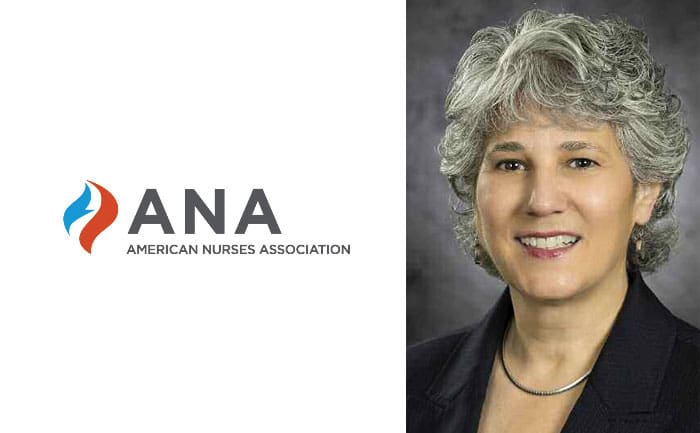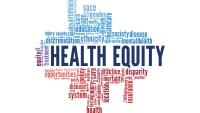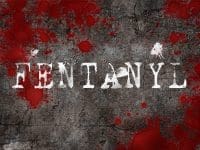A conversation with Rear Admiral Sylvia Trent-Adams
In the wake of natural and human-made disasters, nurses confront tragedies and heal communities. No one knows this better than Rear Admiral Sylvia Trent-Adams, PhD, RN, FAAN, the U.S. Deputy Surgeon General. Among her many responsibilities in this critical leadership position, she advises and supports the Surgeon General on operations of the U.S. Public Health Service (PHS) Commissioned Corps, an elite team of 6,500-plus healthcare professionals. I spoke with her recently and asked her to share some of her insights.
 The Corps: Since becoming Deputy Surgeon General— and also when serving as the chief nurse officer—I’ve gained a greater appreciation of the deployment mission and the essential functions of the Commissioned Corps in ensuring the United States and in some cases, our global partners, are prepared for whatever comes their way—whether it’s a natural disaster, a shooting, or some type of contagion, such as Ebola and Zika. We know that our role is critical from a public health and safety standpoint, and we strive to activate and deploy personnel with the right skill sets across all disciplines—nursing, medicine, and environmental health—to meet any dire need.
The Corps: Since becoming Deputy Surgeon General— and also when serving as the chief nurse officer—I’ve gained a greater appreciation of the deployment mission and the essential functions of the Commissioned Corps in ensuring the United States and in some cases, our global partners, are prepared for whatever comes their way—whether it’s a natural disaster, a shooting, or some type of contagion, such as Ebola and Zika. We know that our role is critical from a public health and safety standpoint, and we strive to activate and deploy personnel with the right skill sets across all disciplines—nursing, medicine, and environmental health—to meet any dire need.
PHS nurse response: Nurses have been a huge part of every disaster response. They’ve been on the frontline providing triage and clinical care, thinking about how to build mental health delivery systems, and addressing infection control in shelters and field hospitals.
One ongoing issue we’ve faced in many disasters is trying to assess in real time the number of people who have not evacuated, where they are located, and how to safely reach them when conditions are still dangerous.
Community needs: When Hurricane Harvey hit the Houston area, for example, a nurse leading a PHS team immediately identified an urgent need to evacuate some hospitals and have nurses with strong clinical skill sets on site. She also recognized the importance of starting to think about the care continuum and having a support system within public health. The team needed to assess issues such as changes in the water supply and how they could work with communities and jurisdictions to provide the services people were going to need, including temporary housing, when they were discharged in 2 days or in a month. Nurses kept public health in the forefront of everyone’s mind.
They also almost instantaneously identified other potential risks within communities, such as assessing individuals coming into the shelters for post-traumatic stress or other mental health conditions who were not being properly medicated. The opioid epidemic sweeping across the country did not disappear with the hurricane, so public health nurses were trained to work with emergency medical services staff to respond in a timely manner to overdoses that occurred in the shelters.
Readiness: Proper training and credentialing are critical, especially for nurses who want to volunteer as clinicians. What’s also important is “stress inoculation” training, which gives individuals the opportunity through simulations to see what it feels like to be in a disaster, the ability to start thinking through the “what if” scenarios in these unpredictable situations, and set priorities.
And it’s critical we all have our personal disaster plan for our families and a well-stocked emergency kit.
Looking back and ahead: I’m so grateful to all the nurses who responded to the recent disasters. It’s been amazing to see their volunteerism, their calmness, bravery, and diverse clinical skills, and the many ways they gave of themselves even after suffering personal losses.
Many nurses in the Houston area probably have a lot of ideas about improving emergency planning and response. And I encourage all nurses to understand the emergency response plans at their local and state levels and to help to improve them.
We all have an obligation to speak up about the importance of public health, the emergency response process, and the need to invest in an infrastructure that will support public health communication, messaging, and mobilizations.
I thank Rear Admiral Trent-Adams and all nurses who respond in a crisis. To learn more about volunteer opportunities, see ANA on the Frontline.
Pamela F. Cipriano, PhD, RN, NEA-BC, FAAN
President, American Nurses Association
ant2-ANA President-119


















